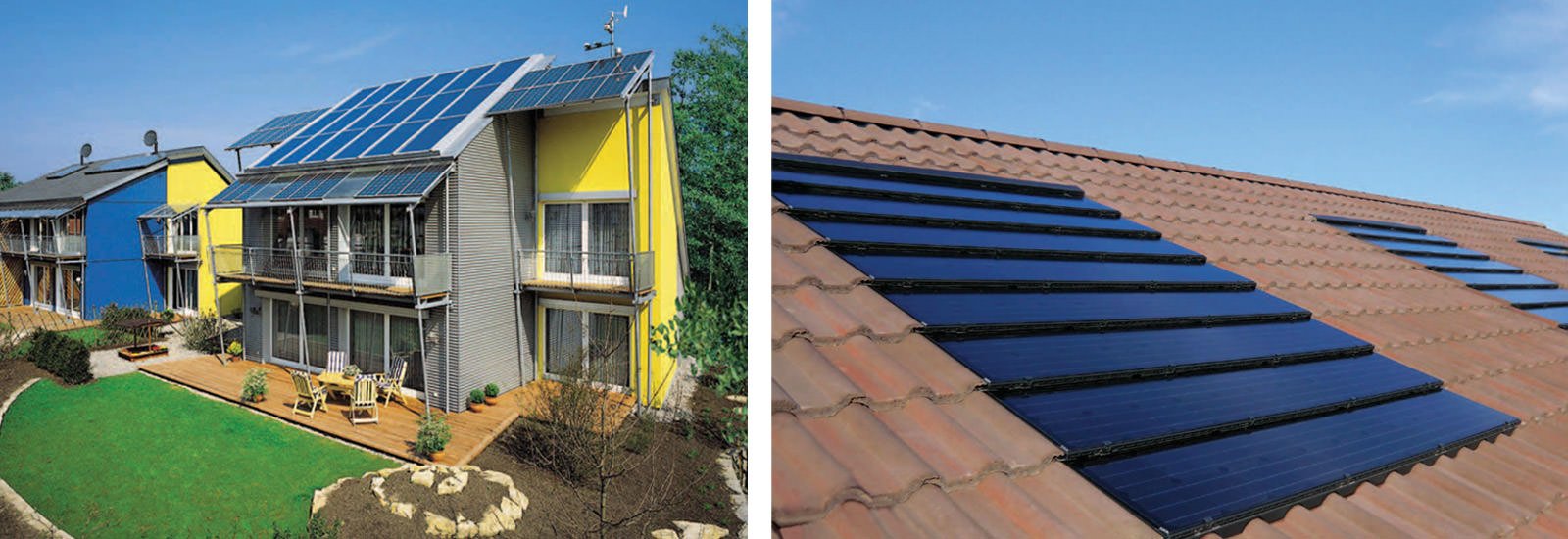The 9 PILLARS OF SUSTAINABILITY
Green Building Design
Architects, engineers, and planners work together to design buildings that reduce carbon emissions, reduce energy usage, and improve the environment. Innovations in sustainable building design can be seen in the way a building is designed and the use of alternative energy sources and reused or renewable building materials. The environmental impact of a depends on the decisions that are made when it’s designed.
Many ‘passive’ and ‘active’ elements contribute to sustainable building design. ‘Active’ elements of sustainable building design include solar panels on roofs and walls to convert the sun’s rays into electricity, wind turbines on taller buildings to convert wind into electricity and geothermal heating to use the earth’s natural heat to heat the building.
‘Passive’ building elements require thought and critical design to properly implement. For example, green roofs and walls aide in insulating a building. Efficient building insulation minimizes the energy required to heat and cool the building. South-facing windows let the most sunlight into the space. In the winter, this adds heat to the building, which can be absorbed by dense materials such as concrete or stone to later remit heat back into the space. In summer, when extra heat may be unwanted, louvers or deep overhangs prevent the sun from entering the building. Operable windows located on opposite walls promote breezes to passively cool the building.
Recycling materials or reusing structures limits the waste associated with new construction. Limiting the new materials purchased and created for the project minimizes waste as well as the building’s impact on the environment. Each new material must be harvested, refined, manufactured, and shipped, creating a large carbon footprint. Reusing materials where possible limits this impact, while developing a unique and creative design. By building only what is needed, the architect limits the materials necessary to construct the building, the energy required to heat, cool and light the building, and the water and waste the building then contributes to the landfill and filtration systems. Smaller footprints lead to more efficient, economical buildings.
Architects and designers have the power, ability, and influence to make significant change in the industry and on the environment through the creation of aesthetically pleasing, efficient and environmentally sustainable buildings. It is the hope that as urban construction projects grow worldwide that architects use these tools to provide the next generation with sustainable buildings and cities.


